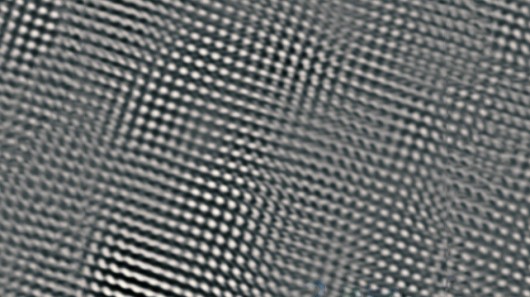Researchers at MIT have used a superthin film of niobium and nitrogen atoms to aid their discovery of a universal law of superconductivity. If this law is proved to be true, it would bring the physics of superconductors in line with other universal laws and advance the likes of superconducting circuits for quantum and super low-power computing.
Superconducting materials have no electrical resistance at temperatures close to absolute zero, which means that very small amounts of energy are required to induce electrical currents in them. Devices, such as computer processors, built from these materials would theoretically be expected to use many hundreds of times less energy than conventional circuits. However, until recently, the correlation between the physical and electrical parameters of superconductors has been largely based on assumptions from standard theoretical physics and no one single law on these functions had been previously proven.
The new mathematical relationship discovered by the researchers involving material thickness, temperature, and electrical resistance, on the other hand, so far appears to hold true in all superconductors.
The findings of the team’s research were published in the journal Physical Review B last week.
Image: MIT



